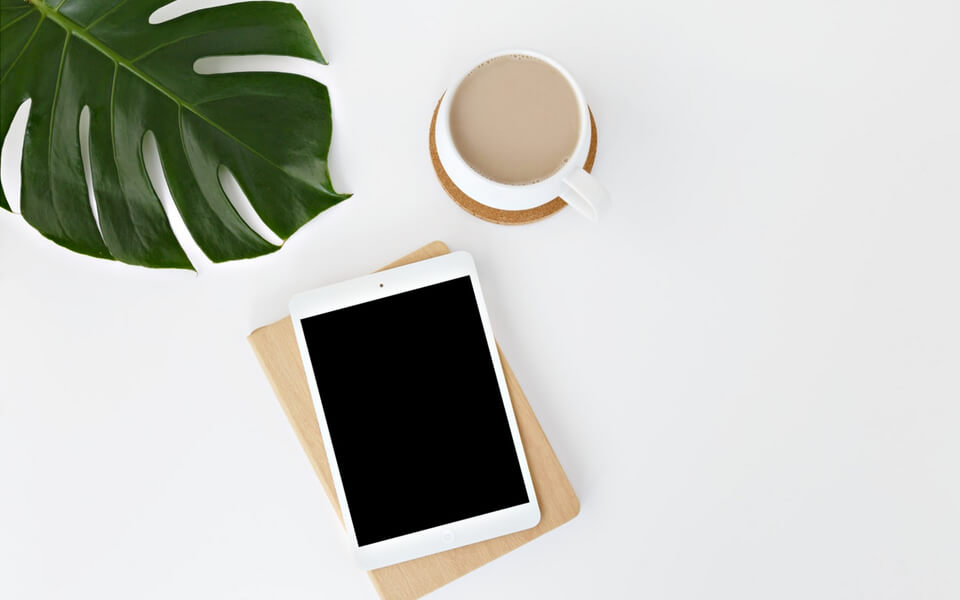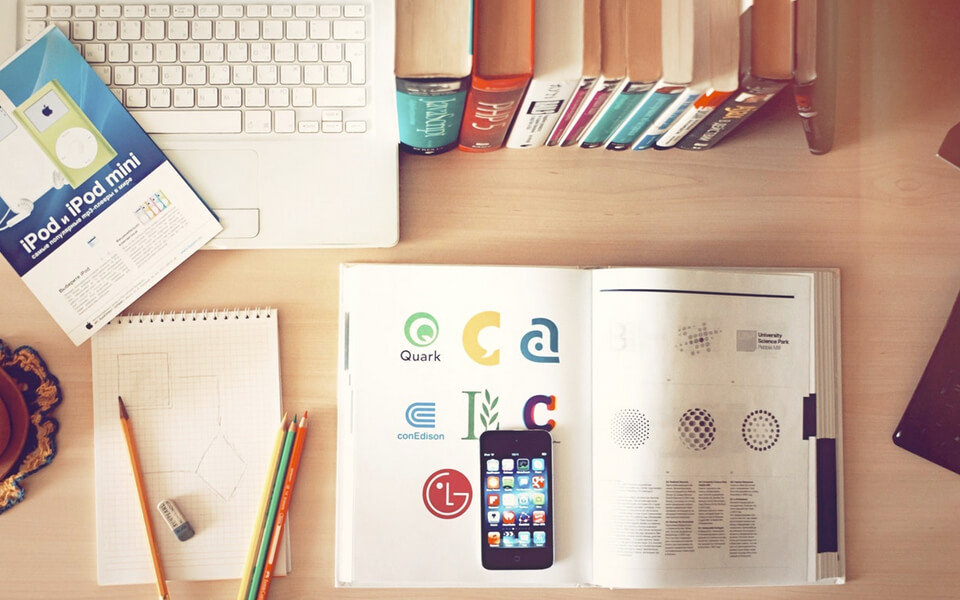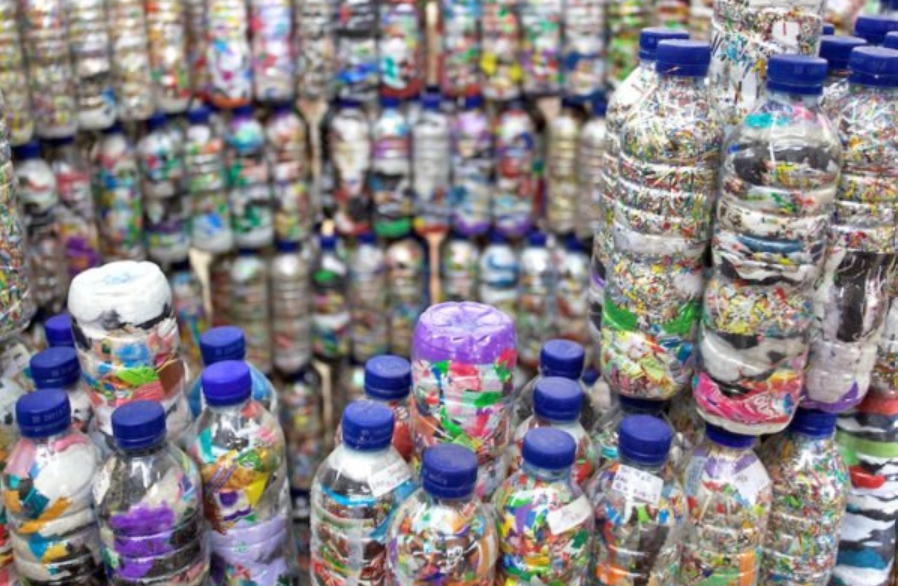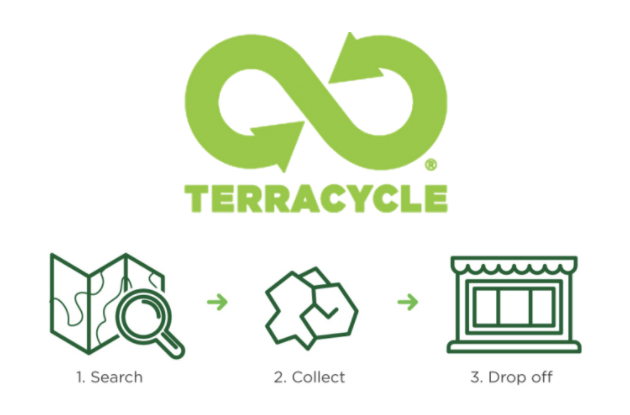5 Companies.
8 Million metric tonnes of plastic.
With Footprint, our goal is to both emphasize how individual consumers can help reduce plastic waste by decreasing their usage of these common products, and to hold corporations accountable for being such large contributors to the plastic pollution of our planet. The virtual reality environment that we have created invites users to interact with these rendered products in order to visually understand how much several million metric tons of plastic really is. To learn more about the intention behind our project, scroll down further for our Artist Statement.
Coca-Cola
Nestle
Procter & Gamble
PepsiCo
Unilever
Human Perspective








Full Product Visualization
Artist Statement
Over eight billion metric tons of plastic have been produced in the last six decades. And only ten percent of it has been recycled. Further, just a handful of companies contribute to this number significantly. In fact, four major corporations produce six million metric tons of plastic in just one year. Our work with Footprint aims to highlight to the individual consumer that products they use on a daily basis are adding onto a pile of ever-increasing plastic waste that is devastating our planet. Here, we are showcasing a virtual reality environment where users can see renderings of several iconic products from major companies, including Coca-Cola, Nestle, and Procter & Gamble. We juxtapose these products, whose size represent the amount of plastic its respective company produces in one year, with a major landmark. Imagine looking at the New York City skyline and seeing a Coca-Cola bottle three times the size of the Empire State Building. We hope that our project will help you, the user, understand more about your individual and the global plastic footprint.
Reduce Your Plastic Footprint

Shopping Plastic-Free
Changing your shopping habits can have a huge impact on your plastic footprint. It can be hard to find plastic-free packaging at most grocery stores but there are some alternate options. Check out Litterless to find grocery stores near you that offer package-free products and encourage you to bring your own reusable containers. Grove is an online store focused on sustainable packaging where you can order household essentials, such as soap and toothpaste. Finally, Loop is a pilot program partnered with Kroger and Walgreens in select states that allows you to purchase name-brand products in reusable containers. You put down a deposit, and once you use the product, you can schedule a free pickup for the containers and get a refund.

Repurpose Your Plastic
Since only a small fraction of all plastic produced is truly recycled, a much better option is to repurpose the plastic yourself. The internet is full of articles describing ways to repurpose plastic, from reusing peanut butter jars for storage and egg cartons to plant seeds, all the way to making a lamp out of plastic spoons. Plastic that can't be recycled or repurposed easily, like candy wrappers, can be turned into bricks! Ecobricks is a program that encourages people to take empty plastic bottles and fill them completely with small scraps of plastic. Once the bottles are full, they can be dropped off at various locations to be collected and used as bricks! Take a look at their instruction guide to understand how to properly fill and make Ecobricks.

Effective Recycling
Are you ever confused about what you can and can’t recycle? Well, you can use berecycled.org to look up your county’s recycling guidelines and find programs that have been established to recycle items that the regular recycling stream doesn’t accept, such as batteries and medicine bottles. You can also find local drop-off locations for plastic shopping or produce bags at plasticfilmrecycling.org. Finally, TerraCycle is an organization that works to ensure that all products that can be recycled are recycled. They team up with companies to help recycle plastic products from certain brands, such as Tide laundry detergent. You can find which brands they support and a drop-off location near you on their website.
Data & Calculations
Our primary data source was the Ellen MacArthur Foundation Global Commitment Report from June 2019. Here, we were able to obtain plastic production amounts and sustainability promises for the companies we have represented. However, there were some pieces of information this report did not include. We found the annual amount of plastic produced by PepsiCo and Procter & Gamble on their respective websites, as well as additional information regarding their plastic reduction practices.
In order to determine the size of our rendered products, in comparison to the Empire State Building, we calculated the amount of plastic that could fill the landmark, found the density of the type of plastic most commonly used in packaging, and used the plastic production amounts of the various companies to scale the renderings. Because several types of plastic are often used in product packaging, our relative size computation is an approximation. Our calculation for the size of the Coca-Cola bottle can be found below:

This calculation lets us determine that, by volume, our Coca-Cola bottle rendering could be filled with approximately over three Empire State Buildings worth of plastic.